EK1299
hCG ELISA Kit
$299.00 – $419.00
DATASHEET
| Species | human |
|---|---|
| Sample Type | Serum, plasma, cell culture supernatant, and other biological samples |
| Sample Volume | 80 μL 1×Assay Buffer and 20 μL sample |
| Sensitivity | 4.71 pg/mL |
| Array Range | 78.1 pg/mL – 5000 pg/mL |
| Assay Time | 3.5 h |
| Recovery | 95% – 119% |
| Average Recovery | 108% |
ELISA Kit Detail Information
| Species | human |
|---|---|
| Sample Type | Serum, plasma, cell culture supernatant, and other biological samples |
| Sample Volume | 80 μL 1×Assay Buffer and 20 μL sample |
| Sensitivity | 4.71 pg/mL |
| Array Range | 78.1 pg/mL – 5000 pg/mL |
| Assay Time | 3.5 h |
| Recovery | 95% – 119% |
| Average Recovery | 108% |
| Intra Precision | 3.9% – 4.7% |
| Inter Precision | 3.8% - 4.5% |
| Plate | Detachable 96-well plate |
| Storage | If the reagent kit is unopened, it should be stored at 4℃. However, if it has been opened, the standard solution should be stored at -20℃, while the other components should be stored at 4℃. |
| Delivery | 4℃ blue ice transportation |
| Components | 96-well polystyrene enzyme-linked immunosorbent assay (ELISA) plate coated with anti-hCG monoclonal antibody Human hCG freeze-dried standard hCG detect Antibody Standard Diluent Assay Buffer(10×) Substrate TMB Stop Solution Washing Buffer(20×) Sealing Film |
| Assay Principle | This kit utilizes a double-antibody sandwich enzyme-linked immunosorbent assay (ELISA) technique. Specific anti-hCG monoclonal antibodies are pre-coated on a high-affinity ELISA plate. Standard samples and test samples are added to the wells of the ELISA plate. After incubation, the hCG present in the sample binds to the solid-phase antibody. After washing to remove unbound substances, biotinylated detection antibodies are added and incubated. After washing to remove unbound biotinylated antibodies, horseradish peroxidase (HRP)-labeled streptavidin is added. After washing, the TMB chromogenic substrate is added for color development while avoiding light. The intensity of the color reaction is directly proportional to the concentration of hCG in the sample. The reaction is terminated by adding a stop solution, and the absorbance value is measured at a wavelength of 450 nm (with a reference wavelength range of 570-630 nm). |

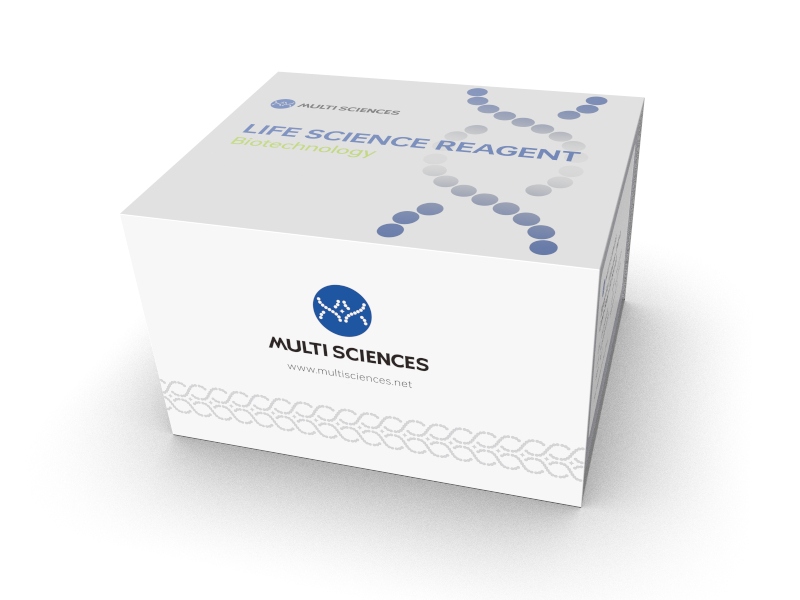
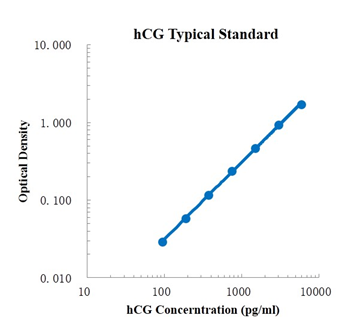
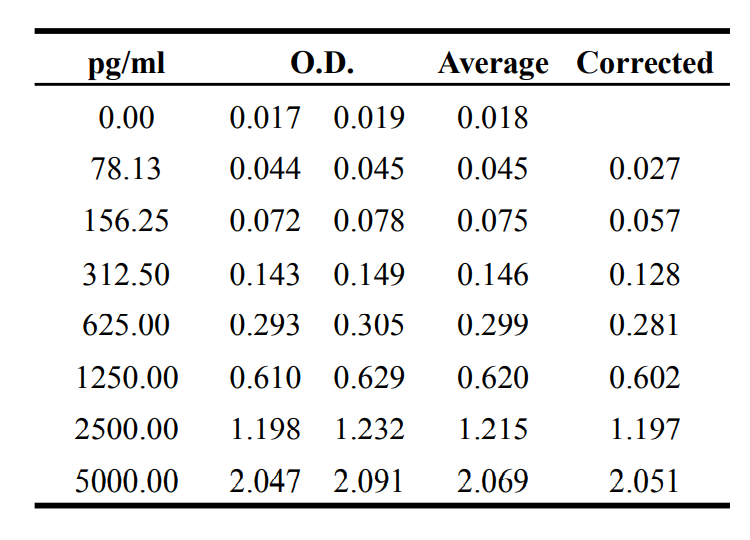

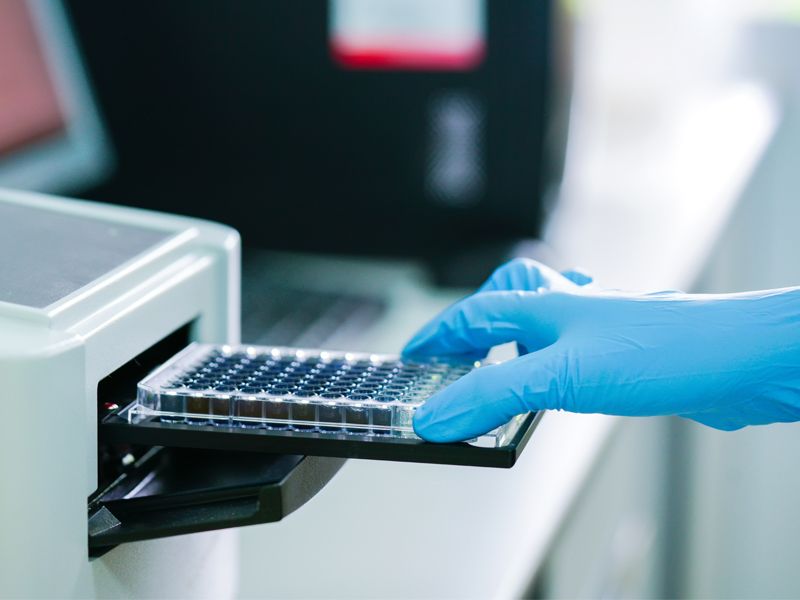
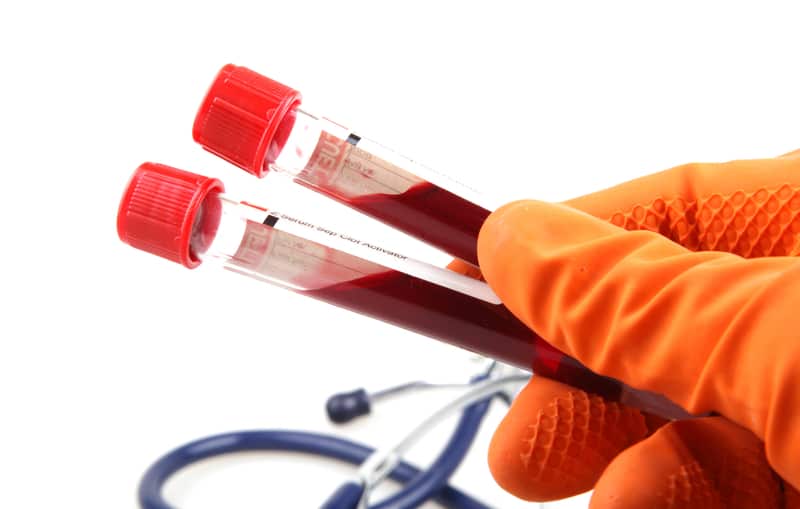
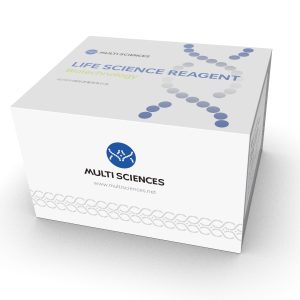
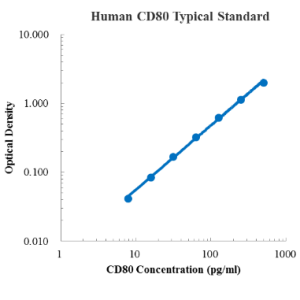
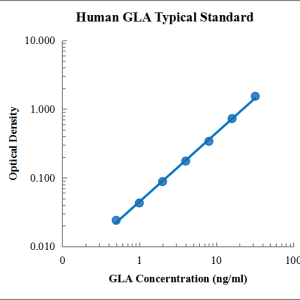
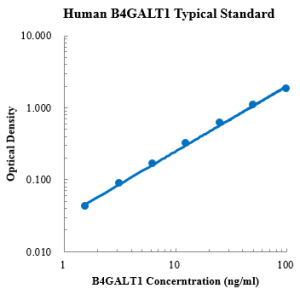
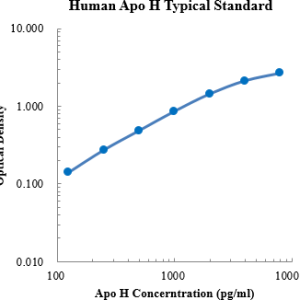
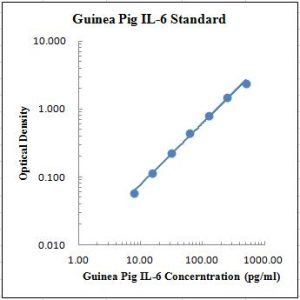
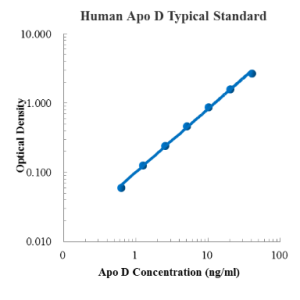
Reviews
There are no reviews yet.